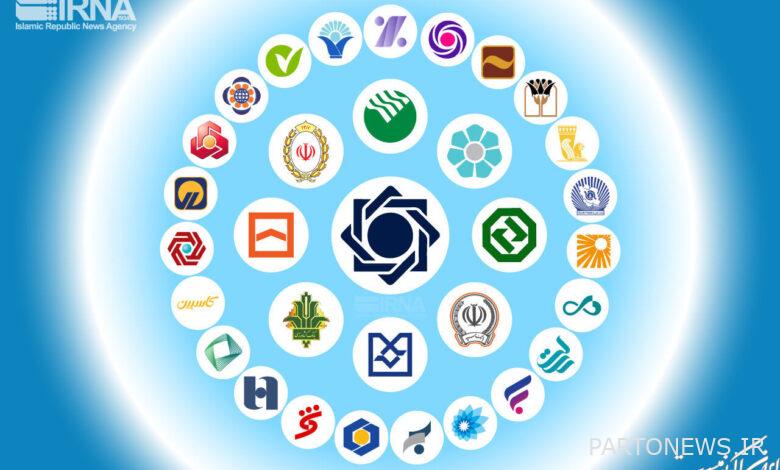Improving the performance of the banking system, from the elimination of imbalances to the profitability of unprofitable banks

According to Iran EconomistIn changing the economy, the 13th government paid special attention to the reform of the banking system, and therefore, in March of last year, the strategic document on the reform of the banking system was issued with the aim of directing liquidity towards productive and job-creating activities and increasing the access of households and economic actors to bank facilities and credits. It was approved in the economic coordination headquarters of the government.
The economic team of the 13th government took steps to achieve the set goals, such as improving disharmony and reforming the banking system, which include granting micro-facilities, disclosing bank debtors, selling surplus property, and clarifying financial statements.
Granting 68.8 microfacilities
The 13th government has always been concerned about people’s livelihood and to help the economy and people’s livelihood, it is on the agenda to grant micro-facilities, and in this regard, in January 1400, with the agreement of state-owned and privatized banks, a plan to pay micro-facilities based on validation with minimum collateral between 50 to 100 million Tomans were implemented for employees, retirees and pensioners of government, public, non-governmental organizations and large companies, and in the next step, the central bank increased the amount of this facility to 200 to 300 million Tomans.
According to the latest statistics announced by the Ministry of Economy (August 25), from the beginning of February 1400 to the middle of June this year, 68 thousand 881 billion 966 million Tomans of facilities in the form of 1 million 928 thousand 724 items of facilities have been paid by state and privatized banks.
According to the announcement of the Central Bank, from the beginning of this year to the end of August, 324,415 applicants received marriage loans in the amount of 65.9 thousand billion tomans, which was a 25.5% increase compared to the same period last year. In addition, 290 thousand 578 children’s loan facilities in the amount of 17.8 thousand billion Tomans have been paid to the applicants, which was a 56.1% increase. Since July 1401, 310 thousand 166 cases have been filed for housing deposit facilities, of which 267 thousand 806 people have received facilities amounting to 15.7 percent.
Removal of the safe margin of bank debtors
Banks’ resources are obtained from people’s deposits, so it is necessary for depositors to be informed about where banks’ resources are spent. The fact that about 10% of the banks’ resources are taken by some people in the form of loans and not returned is not only to the detriment of the banks, but also to the detriment of the depositors and the general public.
One of the important actions of the 13th government in the direction of transparency was the publication of the list of bank super debtors in this government. In this case, last year at the end of April, 11 banks published their list of debtors over 100 billion tomans.
After publishing the list of debtors, the banks were required to update this list once every three months so that the people are informed about the details of the granting of facilities and the facilities are available to the people and producers.
Solving banks’ disputes
The economic team of the government, especially the central bank, undertook the policy of economic stabilization to control the liquidity, which was one of the components of this policy to reform the banking system and correct the imbalance of banks and credit institutions.
Previously, the balance sheet growth for commercial banks was 2% and for specialized banks was 2.5% per month, but in a new measure, the Central Bank set this figure at 1.5% for unbalance banks and 2.5% for balanced banks.
If the banks do not comply with the amount set by the central bank and do not follow the path of correction, they will face the prohibition of payment of facilities and acceptance of obligations of subsidiaries and related parties.
The effectiveness of controlling the imbalance of banks can be seen in the growth rate of liquidity, which caused the growth of liquidity to reach 27.5% from 42.8%.
Banks exit from losses
One of the important actions in the 13th government, which the president also emphasized, was the transformational action in the field of finance and state banks. According to the minister of economy, when the 13th government took over the administration of the country, the national, agricultural, cooperative development and Sepah banks were losing money, and he had used the profits of all the government banks.
In order to get out of this loss, the government adopted the policy of discipline and legality, avoiding non-returnable payments, paying according to the country’s standards and stressing the managers to comply with the laws, which was successful and except for Sepeh Bank, which was affected by the effects of the merger, all The state-owned banks came out of losses, and last year, 70 thousand billion tomans of net profit was registered in the country’s banking network.

